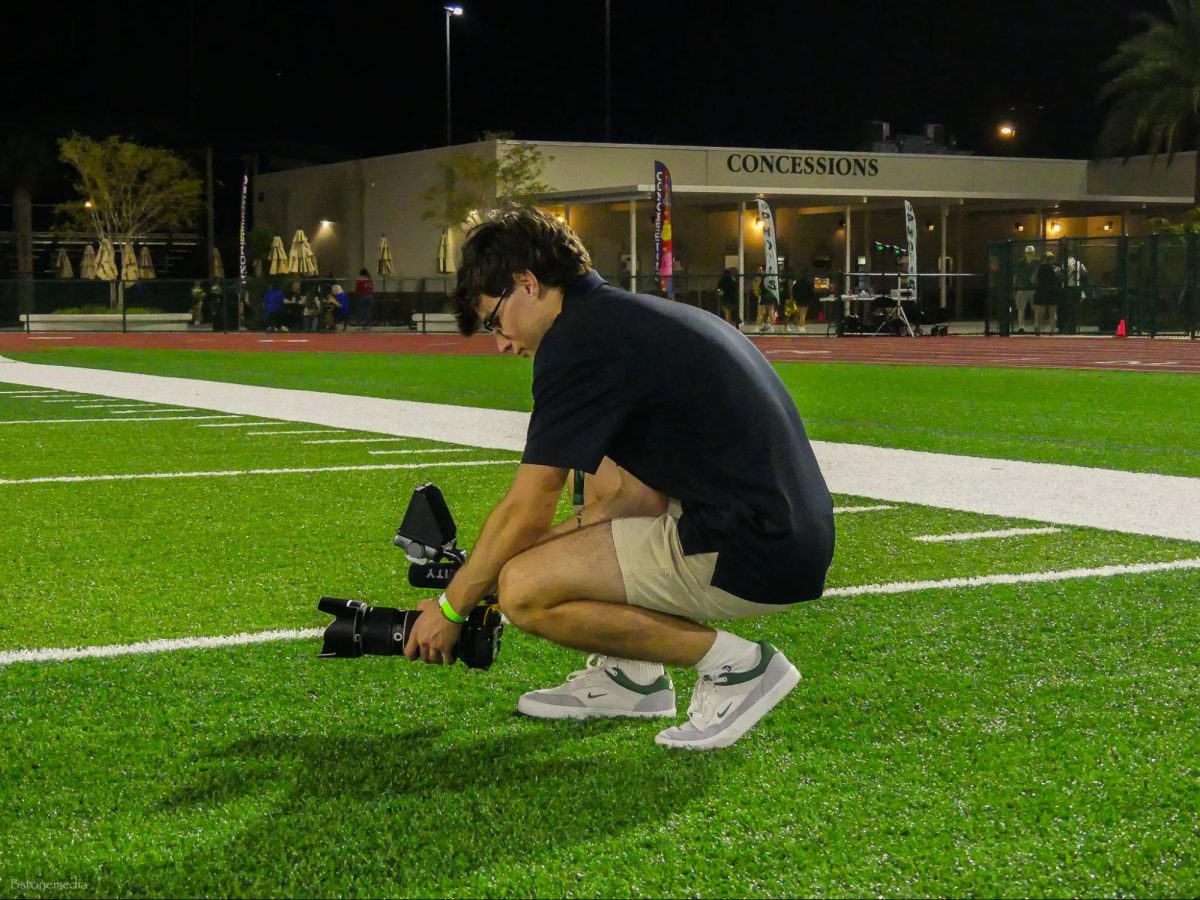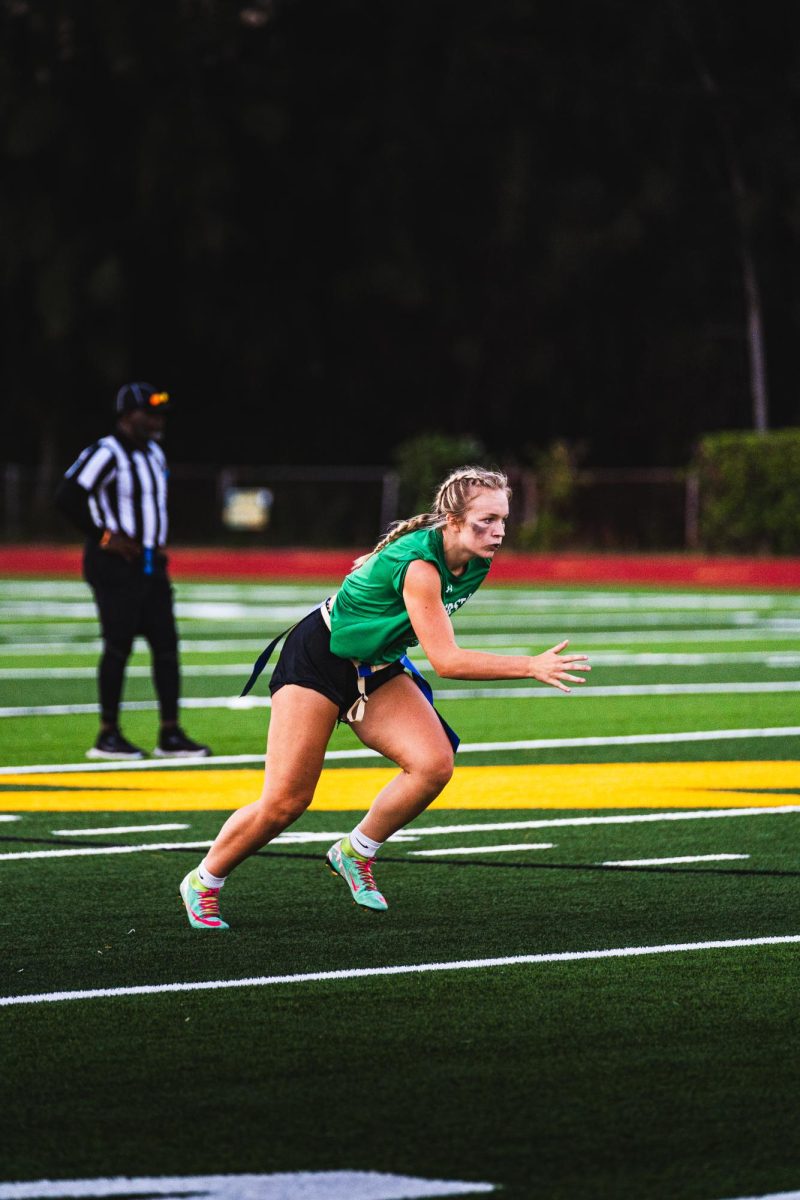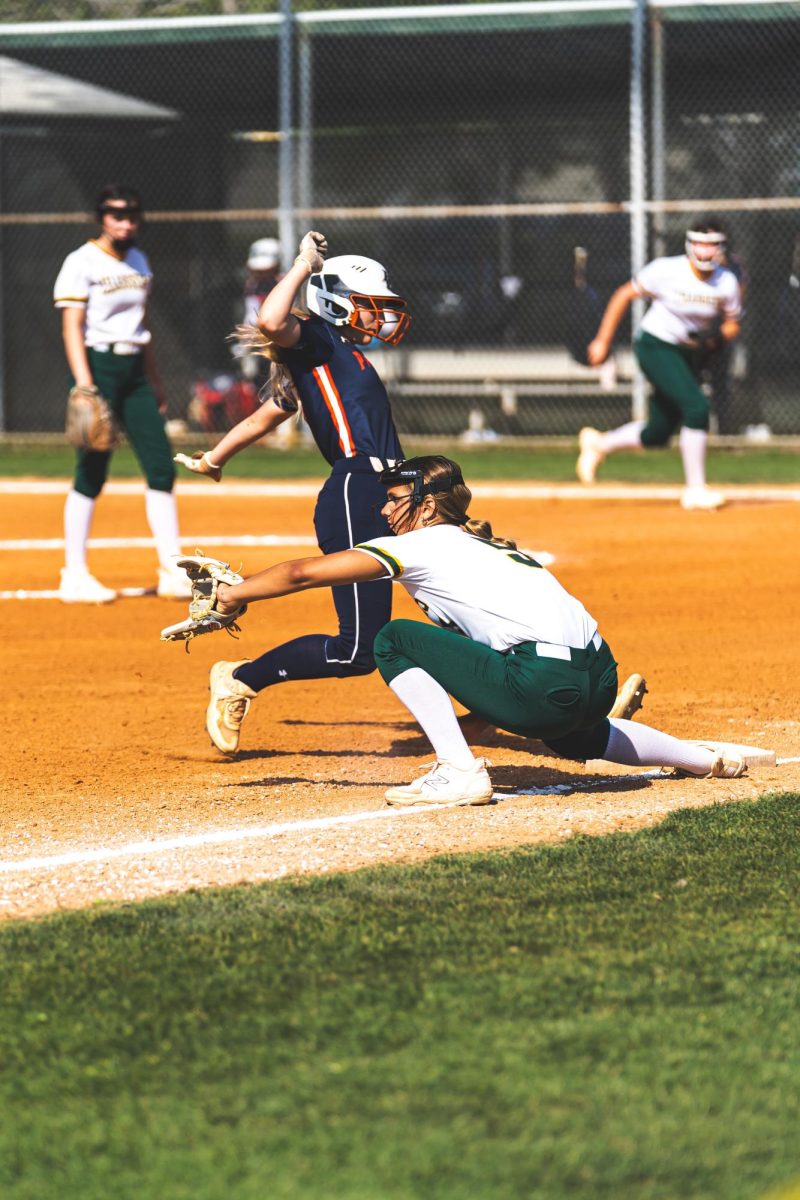Dear Readers,
Teenagers take pride in how they look. They eagerly get up every morning and pick out their outfit for school–some yearning for comfort, others for fashion. However, Shorecrest’s new dress code severely restricts students’ clothing options.
The updated dress code was largely met with anger from students. “I was very unhappy,” said junior Luna Gillis. “It was a big change.” Upper School students can no longer wear sweatpants, leggings, gym shorts, and other typical clothing items that teens wear in their day-to-day lives. Frustrated sophomore Ava Gurievsky said, “I still am looking for clothes, specifically bottoms, that fit within the dress code to this day.”
However, The Chronicle editors think that the dress code is mostly reasonable. The changes that were made contribute to a positive learning environment for a school with high standards and expectations. Head of Upper School Erich Schneider said, “The moves that we made this summer were not intended to take away from choice … but really just to sort of make the student body look better.”
Upper School Head Dean Stacy Alexander said that there were two factors that led to the new dress code: “Hearing from the community at large that our students weren’t looking the best that they could, and also the dress code we had in place was not being followed.”
Schneider noted how in recent years, complaints have been made to the Board of Trustees and Head of School Nancy Spencer regarding students’ appearances. Upper School Learning Specialist Dr. Jennifer Hart said, “When parents come on to campus, they expect us to dress accordingly.”
The new dress code forces us to look the part of Shorecrest students and to appear ready to learn, and we at The Chronicle think that is perfectly reasonable.
Coming to school should demand attire that reflects students’ readiness to learn, but certain students in the past looked as if they were ready to sleep or go for a run. Gillis said, “Some people took advantage of the dress code, and it did make some people look sloppy wearing more pajama-type clothes to school.”
Additionally, the new dress code is much easier to enforce because of its added clarity on what specific clothing characteristics are allowed and not allowed. This avoids awkward situations where teachers have to make judgment calls, potentially leading to arguments and claims of gender bias. Dr. Hart said, “More people are enforcing it because the rules are a little bit easier to follow.”
The new dress code should be appreciated by students, as it still allows plentiful freedom of expression compared to other schools in the Tampa Bay Area and past iterations of the dress code, when students were required to wear leather shoes, pants, a belt, and a collared shirt every day. “When you look at other independent schools around us, ours is arguably the most relaxed,” Schneider said.
However, outraged students do bring up valid complaints. The new dress code restricts a handful of items that seem perfectly reasonable to wear to school. Leggings, for example, cover everything that should be covered, do not cause any distractions, and are easily worn and accessible to high school girls.
Schneider argued, “The problem is when you get into the weeds of ‘these leggings are okay, but these are not,’ then that’s where we end up in our biggest battles. It just takes a lot of time and effort for faculty and admin to deal with it, so we kind of made that sort of distinction.”
There are also various kinds of jogger or drawstring shorts that look just as professional as shorts with belt loops. Dr. Hart said, “I have seen plenty of nice looking shorts that aren’t athletic shorts, per se, but they’re drawstring waist … they are, in my opinion, appropriate for school.”
Jeans or other long pants are now largely the only option for students, which can be very uncomfortable and unnecessarily warm in the Florida heat.
Could the new dress code have been handled differently? Absolutely. Sending it out before July 2nd might have prevented some students from having to scramble to buy enough clothes to be ready for the school year. Gillis said, “It was very quick notice, so it was hard for us to find clothes that we actually could wear, especially [ones] that were affordable.”
Because of the short notice, students may not have enough clothing that adheres to the dress code, especially bottoms. Freshman Dash Johnson said, “[My brother] doesn’t have enough shorts and pants to wear, so he’s having to do laundry like three times a week.”
Gillis said, “It could have been handled a little bit differently, with more notice given and more time to prepare.” Parents were not thrilled with the amount of money they had to spend on clothes in a short amount of time. As an Upper School parent, Dr. Hart said, “I wasn’t happy about that aspect of it … the difficulty really is finding things that are appropriate; it’s very challenging.”
Some students have suggested an alternative to the current dress code: uniforms. Students have argued that instead of worrying about having to choose out of so few options every day, they would rather have a set uniform to wear to school.
However, the new dress code still provides plenty of room for students to have options, and a uniform would severely restrict what is available to wear to just a few types of bottoms and, likely, stuffy polo shirts. Taking away the decent amount of individuality students still have through the implementation of a uniform would be a mistake.
Additionally, Shorecrest Middle School students are required to wear a uniform, and not having to do so in Upper School is an aspect of increased freedom MS students can look forward to. Johnson said, “Coming through Middle School and Lower School, I always looked up to high school students being able to wear whatever they want, and it has always been something I looked forward to.”
To combat issues that arise regarding dress code and spearhead changes in the future, administration has created a student dress code committee. The committee has already begun to clear up miscommunications, gather feedback, and push to re-allow certain clothing items, namely leggings, athletic skirts, and non-athletic drawstring shorts. Hopefully, students will be able to bring up issues to their peers on the committee and have their voices heard.
When asked if she thinks the dress code committee will be able to enact change, Gurievsky said, “I think it depends on how much the school truly plays into what the students’ opinions are … I feel like if they’re truly listening to what the student body is saying, I feel like it could be pretty effective and make everyone here more comfortable.” Hopefully administration is listening to students’ grievances and is considering change within reason.
In the future, students should accept the new dress code and its benefits, while also pushing for change. Compliance with the dress code, along with respectful self advocacy, should make the school’s leaders willing to make changes that are reasonable and appropriate for school settings. Alexander said, “If we continue to do well, and I think we are doing really well, and we can show that we can follow what’s been put in place, my hope is that we can get something back that everyone wants.”
Sincerely,
Your Chronicle Editors




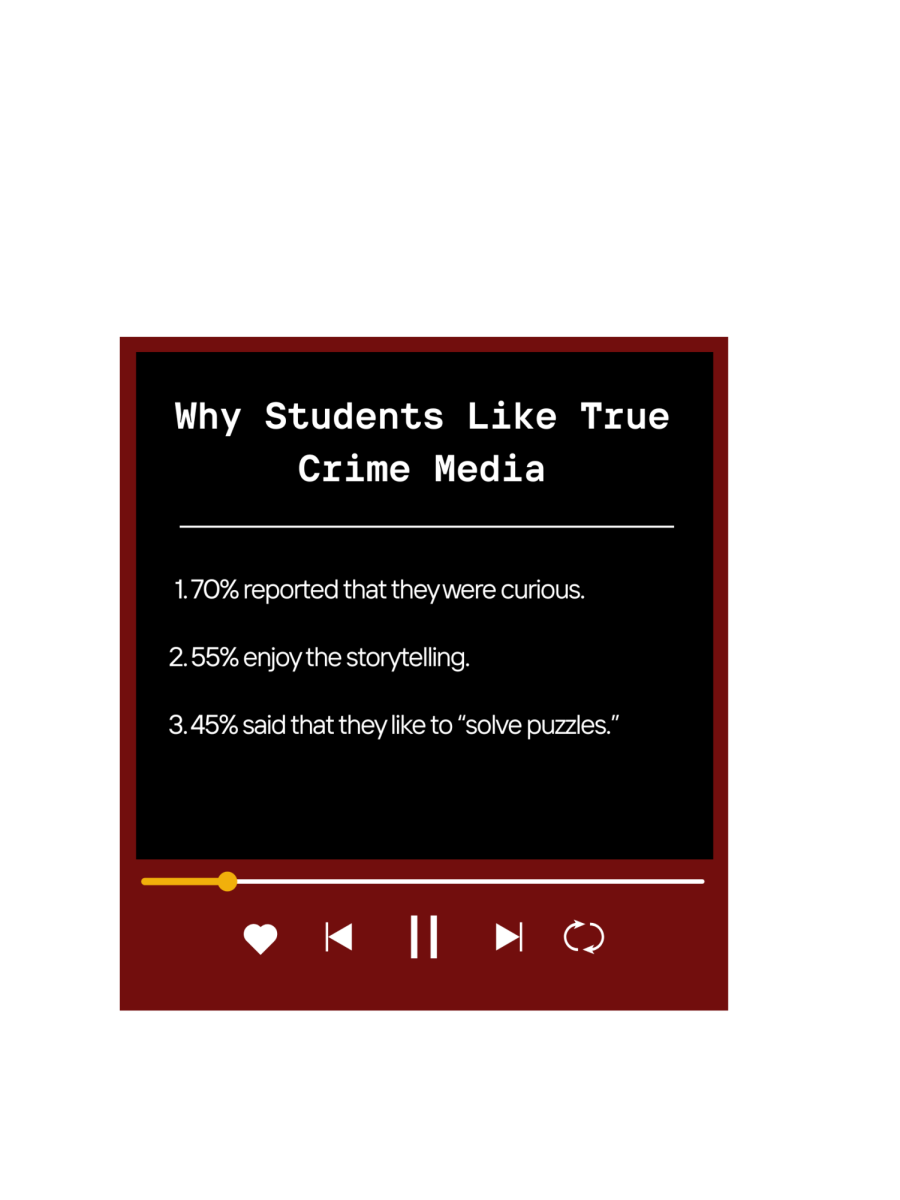

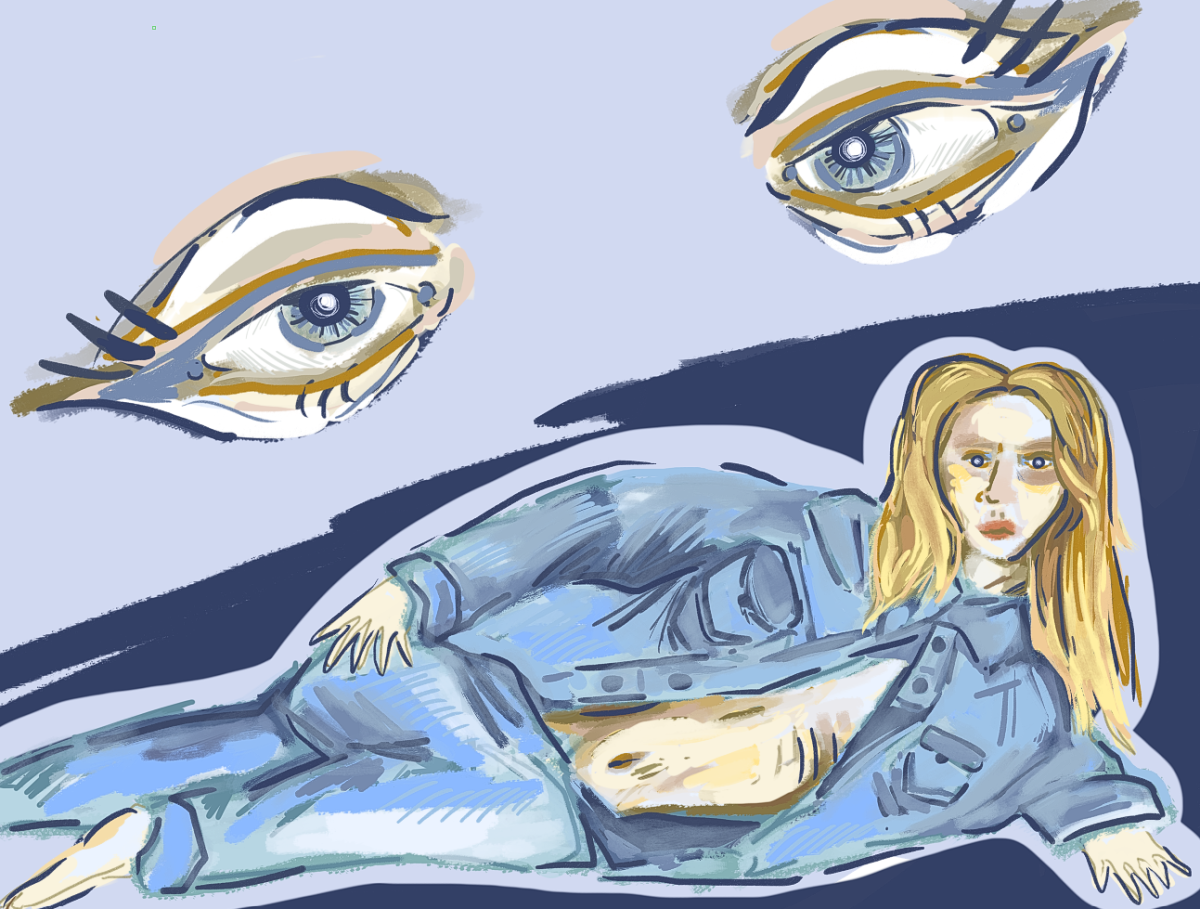




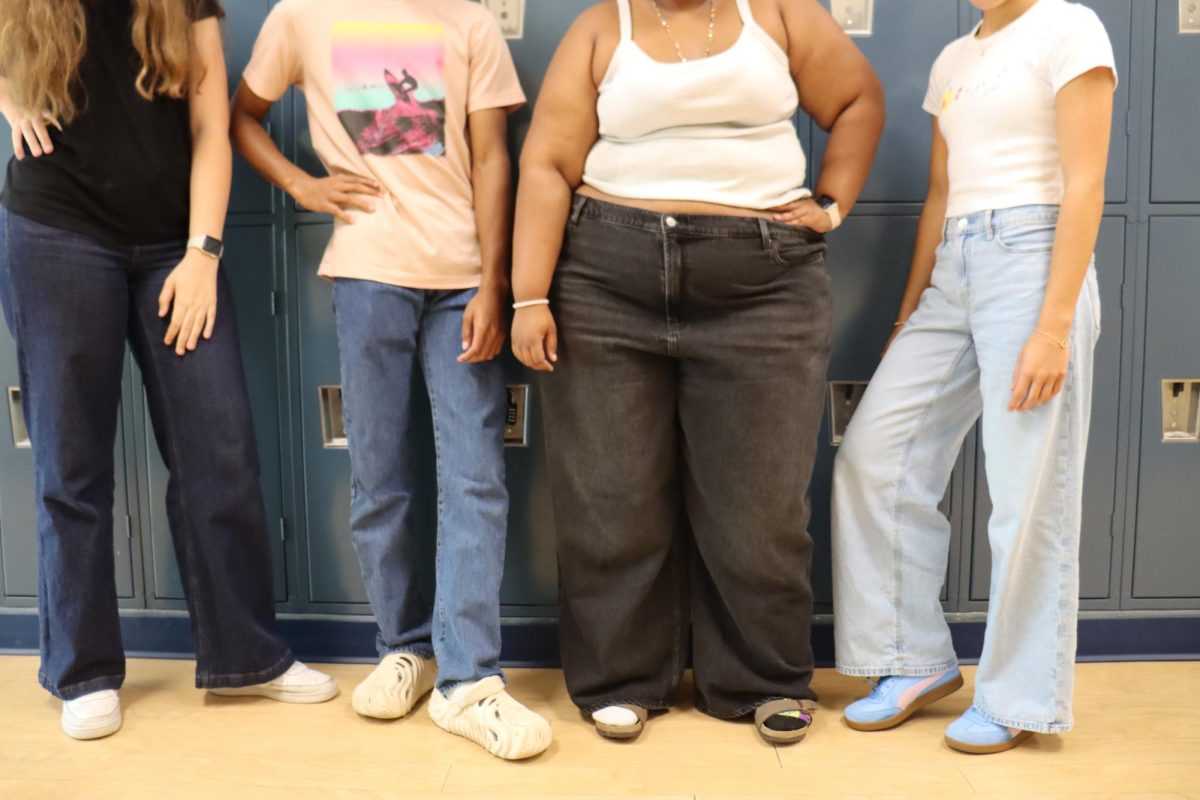


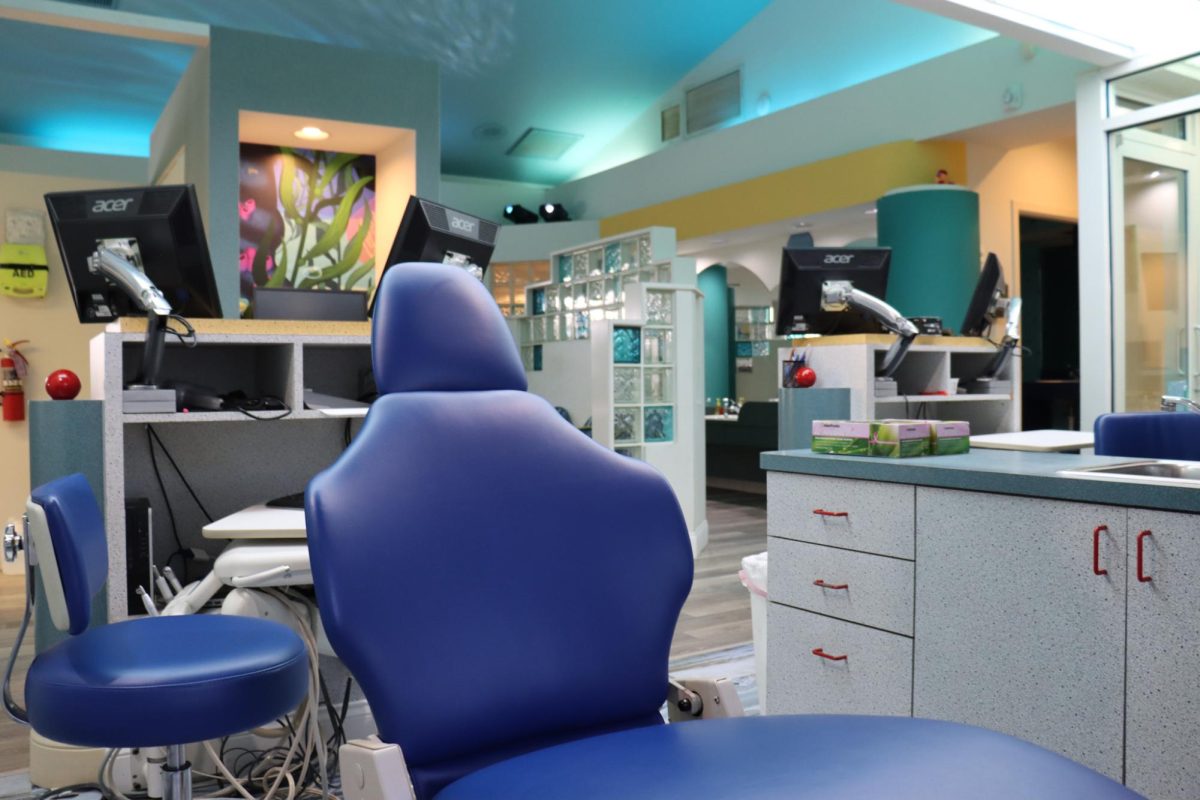
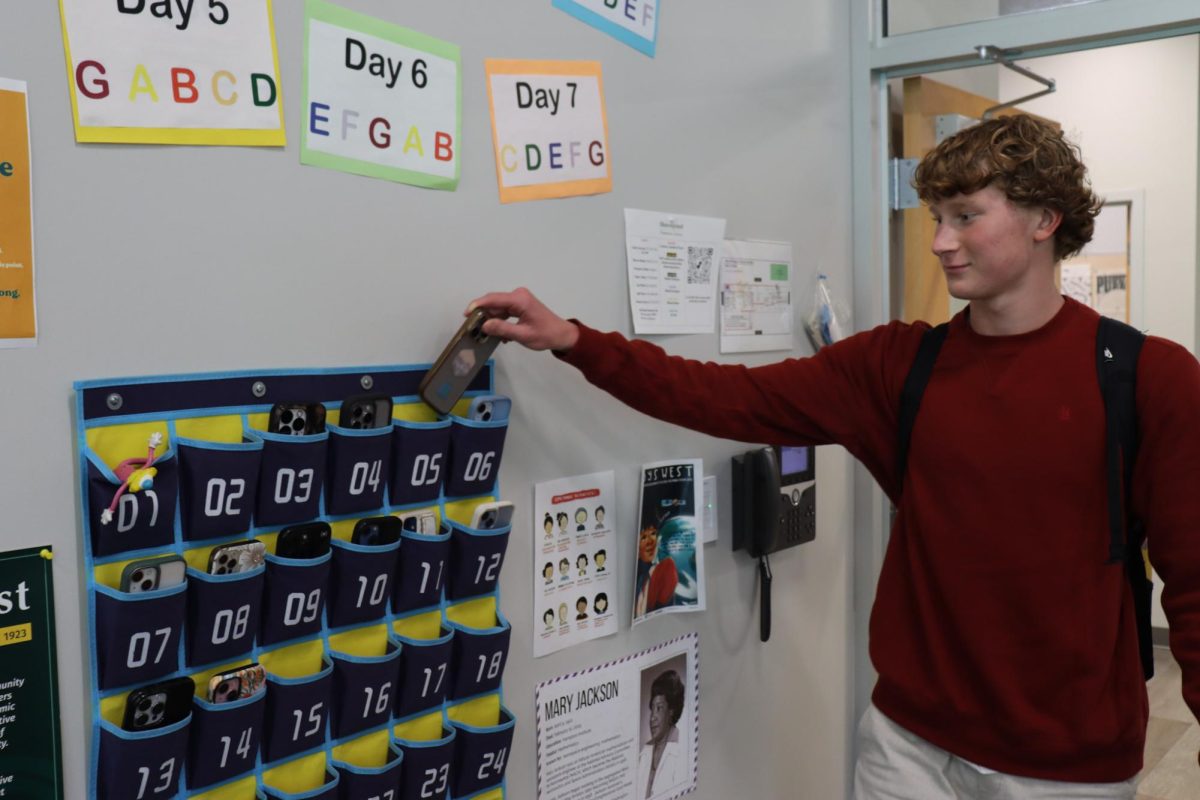


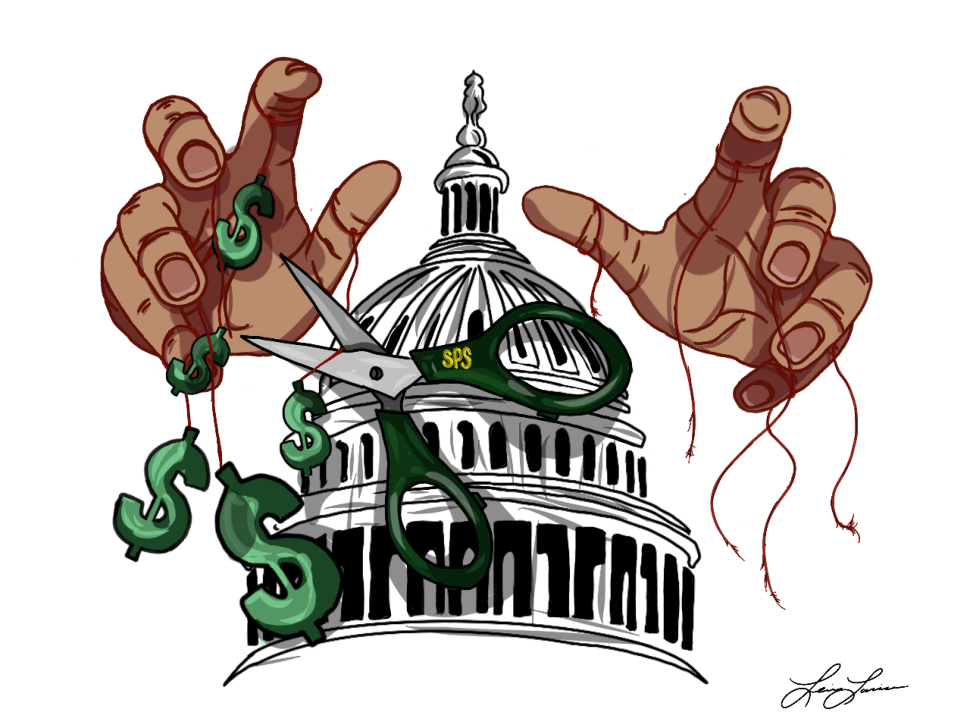
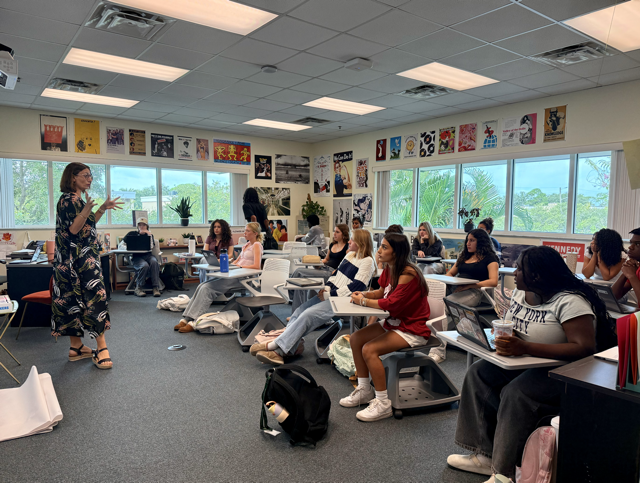

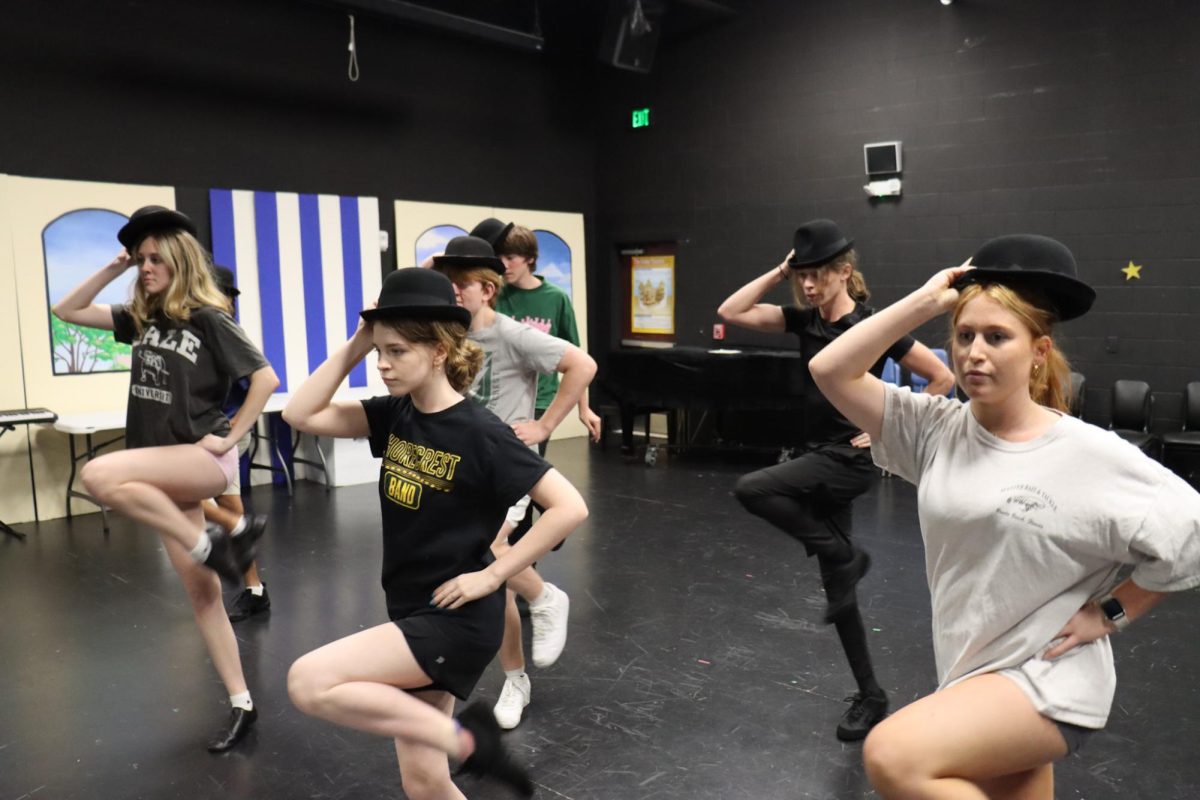
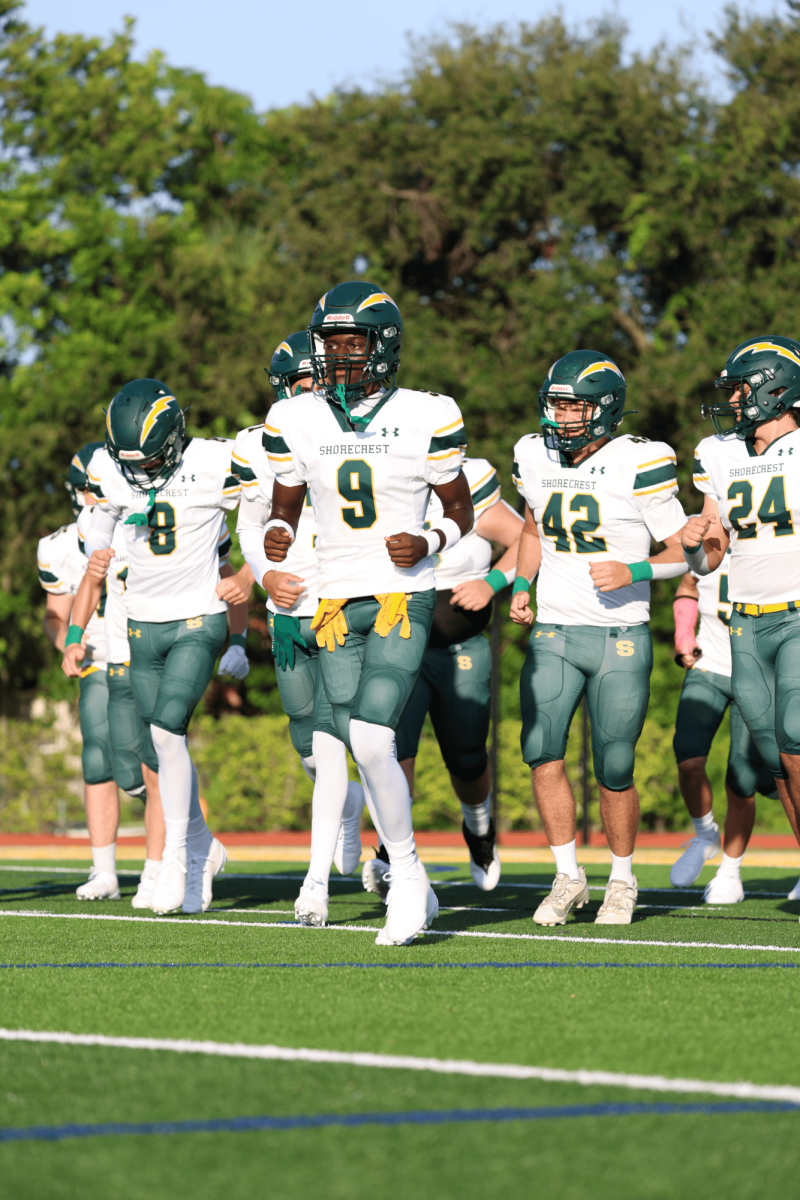











![Thespians pose on a staircase at the District IV Thespian Festival. [Front to back] Luca Baker, Maddison Cirino, Tanyiah Ellison, Alex Lewis, Summer Farkas, Jill Marcus, Ella Mathews, Sanjay Sinha, Isabella Jank, Sofia Lee, Boston Littlepage-Santana, Sally Keane, Tyler Biggar, Tanner Johnson, Jasper Hallock-Wishner, Remy de Paris, Alex Jank, Kaelie Dieter, and Daniel Cooper. Photo by Michael McCarthy.](https://spschronicle.org/wp-content/uploads/2024/12/image1-900x1200.jpg)




